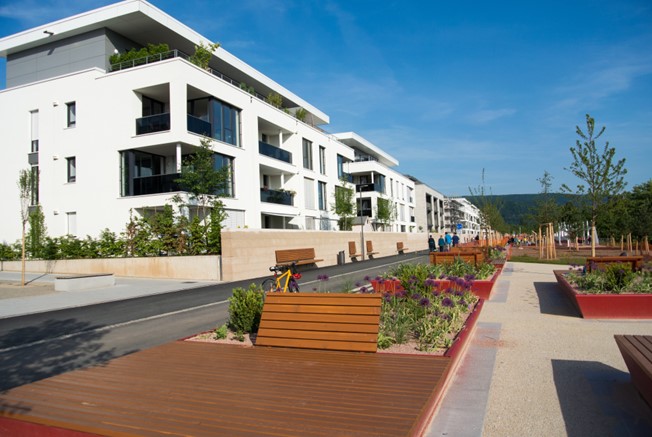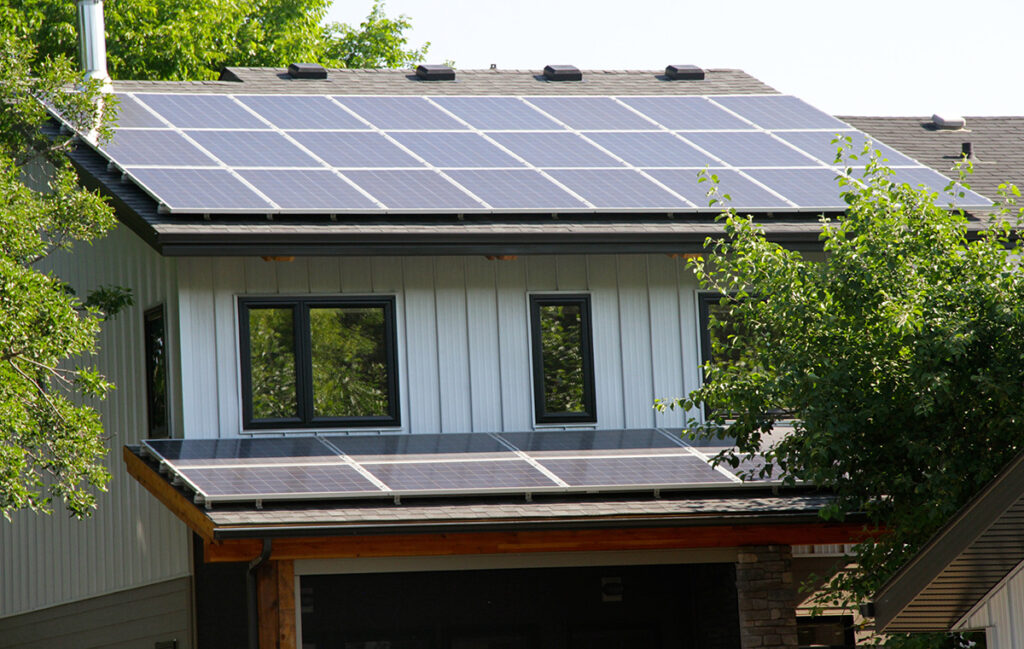Buildings and Climate Change
BUILDINGS & ENVIRONMENT
Introduction
Available research suggests that buildings across the world are responsible for a considerable share of energy use and greenhouse gas (GHG) emissions. However, there is also major potential for energy savings in buildings of between 50–90%.
Description
According to the Intergovernmental Panel on Climate Change, buildings across the world were responsible for 30% of global final energy use and 27% of all GHG emissions in 2021. If this trend is not reversed, the use of energy in buildings could be twice or three times as high by the year 2050.
Despite serious regional variations in climate change impacts and intensity, buildings are likely to face increasing risks of damage due to extreme weather events such as increased rainfall, forest fires, severe storms and floods.
Without investment and upgrade in improved resilience, the vulnerability of buildings is likely set to increase significantly in the near future. Still today, several barriers exist towards the greater uptake of energy-saving technologies and practices including but not limited to poor market transparency for building components and homeowners’ limited access to capital to invest. However, there is an increasingly accessible pool of knowledge on retrofitting of buildings with energy-efficient materials and components, and how to build very low and zero-energy buildings. Also, regulators in many countries today have a wide portfolio of policy instruments at their disposal to help citizens in energy-efficient building and retrofitting of their homes such as feed-in tariffs, carbon taxes and soft loans for small-scale renewables.
There are a good number of mitigation interventions available for buildings today such as wall and roof insulation, investing in energy-efficient appliances, including lighting, heating, ventilation and air-conditioning, investing in renewables such as photovoltaics and solar thermal solutions. Furthermore, one can make use of smart meters and focus on behavioural and lifestyle changes to reduce service demand.

Main Features
- Reduce greenhouse gas emissions.
- Reduce exposure to climate change events.
- Improve thermal comfort.
- Meet the growing energy demand.
- Save money.

Image source: energy-cities.eu
Advantages and challenges
+ Long-term energy and cost savings: energy-efficient buildings consume less energy, water and result in lower maintenance costs.
+ Reduced emissions and environmental impact: energy-efficient buildings produce less greenhouse gas emissions due to their reduced reliance on fossil fuels.
+ Increased thermal comfort in summer and winter leads to improved health: building components for heating and ventilation are adjusted to create comfortable indoor temperatures which in turn leads to better well-being of the occupants.
+ Higher value: energy-efficient buildings can be sold and leased at a premium as the building components are more expensive than in homes built conventionally.
– High Initial Investment: Building components of energy-efficient buildings are generally more expensive than traditional inefficient building styles.
– Availability of the right materials and workers with expertise can be difficult in times of high demand and unavailability of raw materials on the market.
References
Further Information


